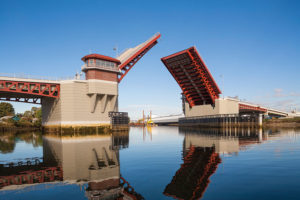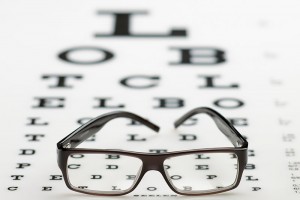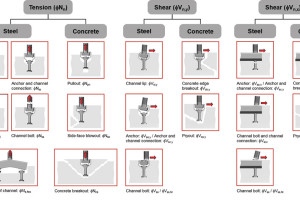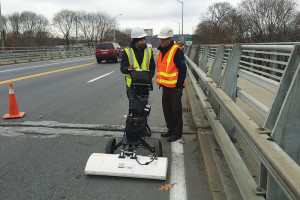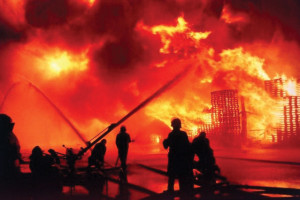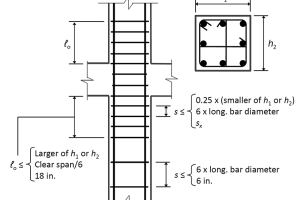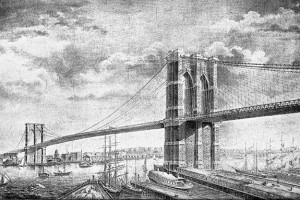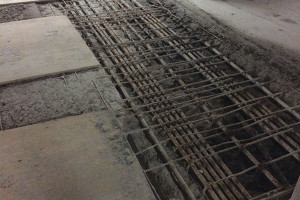HNTB Corporation was an Outstanding Award Winner for its South Park Bascule Bridge Replacement in the 2015 NCSEA Annual Excellence in Structural Engineering Awards Program in the Category – New Bridges and Transportation Structures.
When HNTB designed the new first-of-its-kind South Park Bridge in Seattle, the goal was to make the structure something that would provide excellent service to area residents and make them proud. …

